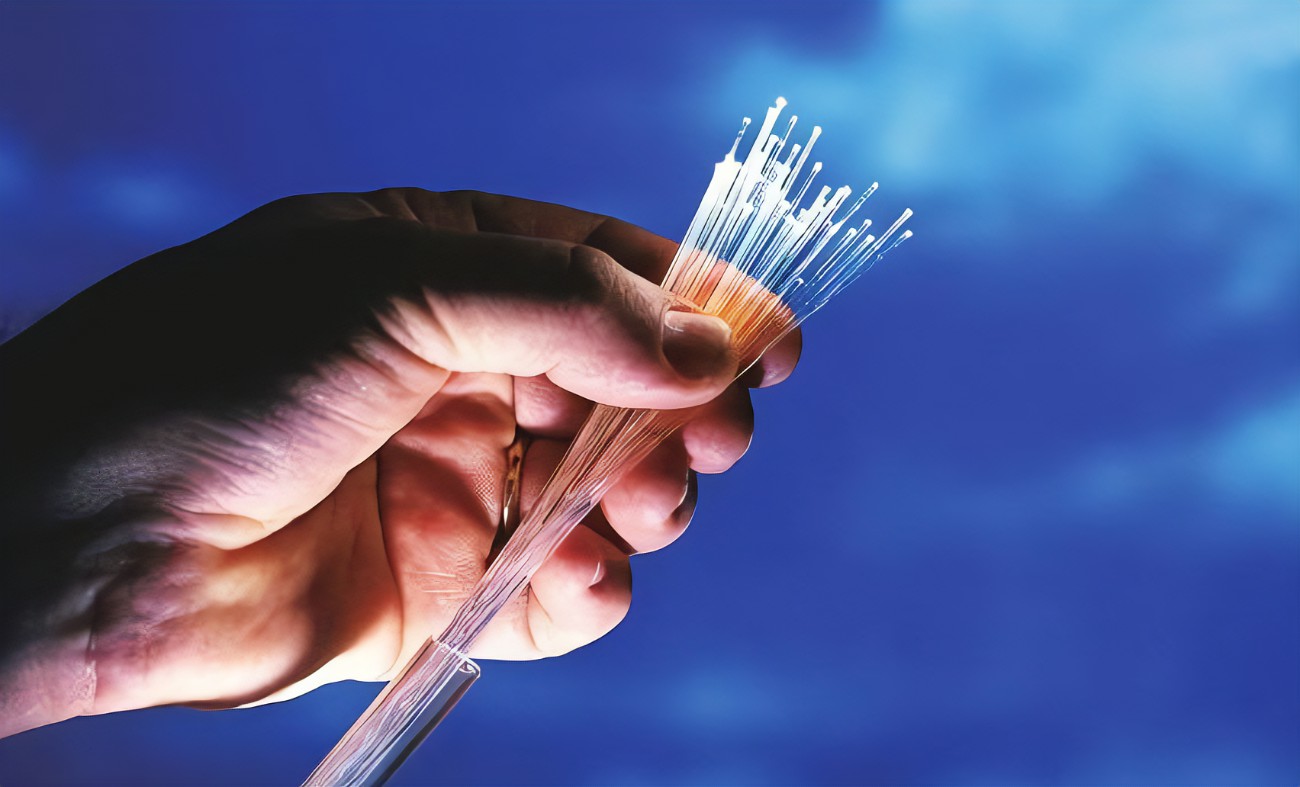Australia's Channel 7 News reported on Nov. 20 that residents in Melbourne's West End were affected by another Optus outage, with many mobile towers experiencing service disruptions due to cable breaks.
Residents in Melton and surrounding areas woke up Monday morning to find little to no mobile service on the Optus network. Many complained they could not make calls or send texts.
Optus said on its service status page that some mobile towers in the Melton area are not working and service may be interrupted.

Optus is short for SingTel Optus Pty Limited, a wholly-owned subsidiary of SingTel. Through its OptusNet brand, it provides broadband, wireless, and dial-up Internet access services.
● Landline Telephony
Residential and commercial broken local and long-distance calls
Business VoIP and VoDSL
Intelligent network applications such as Toll-Free, 1300, and Interactive Voice Response services
● Mobile Telephony
GSM/GPRS coverage for 96% of the population
3G / HSPA network coverage of 97.3% of the population (Optus includes both pre-pay prepaid cards and post-pay signed cards)
Satellite telephony (all of Australia)
So a failure like this in the Optus network is enough to prevent most people from using internet communications properly, seriously affecting people's daily lives.
Optus told Channel 7 that the problem was caused by a broken fiber optic cable and technicians are currently on site to repair it.
There are many reasons for fiber optic cable breakage.
Due to the physical characteristics of the fiber optic cable itself and the unevenness of the production process, the optical signals propagated therein are always diffuse and absorbed. When the fiber optic cable link is too long, it will cause the overall attenuation of the optical signal of the entire link more than the demand for network planning, If optical signal attenuation is too large, the communication effect will be reduced.
Fiber optic cable bending attenuation and pressure attenuation are essentially due to the deformation of fiber optic cables leading to the optical transmission process to meet the total reflection generated. Optical fiber has a certain degree of bendability, but when the fiber is bent to a certain angle, the optical signal propagation direction in the cable changes, resulting in bending attenuation. This requires special attention to the construction of cabling, to give the alignment to reserve a sufficient angle.
This is the most likely failure of the cable failure, the fiber by external factors or natural disasters, resulting in small irregular bending or even fracture, when the fracture occurs in the connector box or inside the cable, the appearance of the fracture can not be detected, but in the fiber optic fracture point will be changes in the refractive index, and even the formation of reflection loss, so that the fiber optic transmission signal quality deterioration. At this point, the OTDR cable tester to detect the reflection peaks of the way to find the internal bending of the fiber attenuation or fracture point.

In the process of laying fiber optic cable, a fiber optic fusion splicing machine will have two sections of optical fiber fused into one. As the glass fiber core layer of the fiber optic cable fusion splicing, the construction site fusion splicing process needs to be based on the type of fiber optic cable fusion splicing machine used correctly, due to the operation not complying with the construction specifications and changes in the construction environment, it is easy to make the fiber optic fibers are contaminated with dirt, resulting in fusion splicing process mixing of impurities, resulting in a decrease in the quality of the entire link of the communication.
Fiber-optic laying often uses a variety of activities connected to the laying method, such as flange connection, often used in buildings in the computer network laying. Activity connection is generally lower loss, but activity connection when the end face of the fiber or flange end face is not clean, the core fiber diameter is different, and splicing is not tight, will make the joint loss greatly increase. Tested by OTDR or double-ended power, the core diameter mismatch fault can be found. It should be noted that single-mode fiber and multimode fiber in addition to the core fiber diameter are different, the light transmission mode, wavelength, and attenuation mode is completely different, so they can not be mixed.
Pigtail connector pollution, and jump fiber moisture are also one of the main causes of optical cable failure. Especially in the indoor network, there are a lot of short fibers, and a variety of network switching equipment, fiber optic connector plugging and unplugging, flange replacement, transfer are very frequent. In the operation process, too much dust, plugging and unplugging loss, finger touch, etc. make it very easy to make the fiber optic connector dirty, which will make the optical path not be tuned through or light attenuation too large. Alcohol cotton should be used to clean.
Poorly polished joints are also one of the main failures of the fiber optic link. The reality of the physical environment of the ideal fiber optic cut surface does not exist, there are some undulations or slopes. When the light in the fiber optic link encounters such cut surfaces, the diffuse scattering of light and reflection of light due to the irregularity of the joint surface will greatly increase the attenuation of light. On the OTDR tester's curve, the attenuation zone of a poorly polished cut surface is much larger than that of a normal end surface.
A spokesperson related to the incident said, "Optus customers in Melton, Va. and surrounding areas may experience mobile, voice, and data service issues due to the underground fiber break. We apologize for any inconvenience caused to our customers."
Less than two weeks ago, Optus experienced a 12-hour outage due to a software upgrade that left millions of people across the country without access to phone and Internet services.

The ZMS Cable Manufacturing team has decades of experience in repairing broken or faulty fiber optic cables. Here is one of the ways to repair a fiber optic cable when it breaks.
The ZMS Cable team believes that by first stripping the fiber optic cable, you can find that the fiber optic cable is a fiber optic bundle, which consists of many tiny fibers.
We use the size of the fiber bundle to mark the size of the fiber optic cable, for example, there are 12-core fiber optic cables, 48-core fiber optic cables, and 72-core fiber optic cables. These numbers represent the number of fibers contained in the fiber optic cable.
Let's take a 12-core fiber optic cable as an example to help it fuse and recover in case of breakage.
1 First of all, we have to strip the fiber optic cable, at the broken ends, respectively, all of these 12 cores of optical fiber from the protective layer, and then by the order of the fiber optic cable one by one into this machine, the machine began to fusion splice. The main tool to be used here is the wire stripping pliers.
2 Subsequently put into the electric needle, the two ends of the broken fiber into the two sides, respectively, by the discharge needle discharge, fiber fusion splicing.
3 After the fiber optic cable fusion splicing is completed, a splice box is needed to protect the fused part.
Finally, you can fuse the broken fiber, and successfully repair broken fiber optic cable.